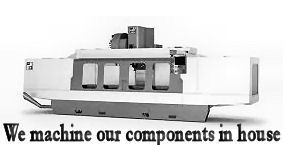Found a rebuildable 998 for sale, haven't seen it yet though and before I check it out I want to find some pix of one in order to identify it over a 904 (the seller may either not know for sure or could even be trying to get over on me!)
I know what a 904 looks like, just not familiar enough with 998's to be sure. Also, what, if any, differences were there between V8 trannys and 6 bangers? I realize that stall speeds (and lockup) varied. They did indeed use 904s behind some year 304 engines.
Thanks in advance!




 Reply With Quote
Reply With Quote








